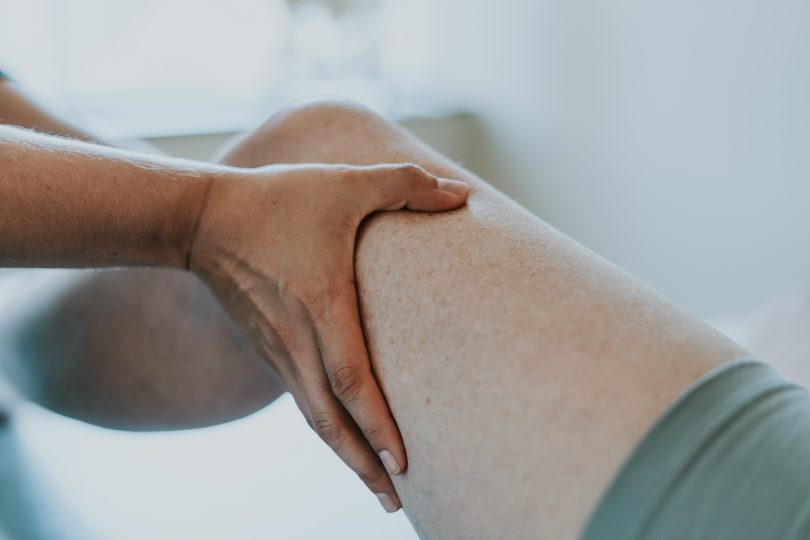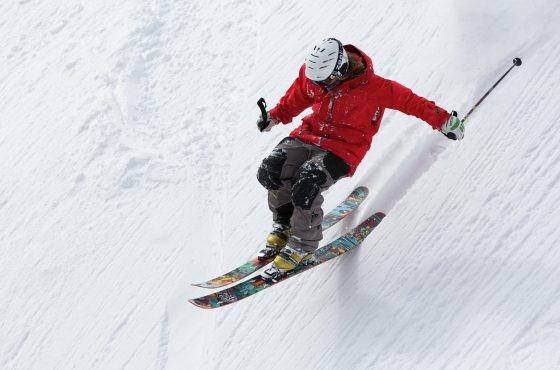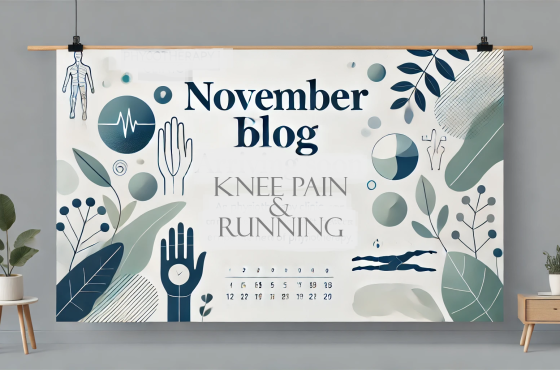Hip and Knee Osteoarthritis ( OA )
Understanding Hip and Knee Osteoarthritis: From a Vancouver Physio’s POV
Osteoarthritis (OA) is a degenerative joint disease that primarily affects the cartilage, leading to pain, stiffness, and reduced mobility. Among the various joints, the hip and knee are most commonly impacted due to their weight-bearing roles and high mobility demands. Understanding the intricacies of hip and knee osteoarthritis is crucial for managing symptoms and improving quality of life.
The Basics of Osteoarthritis
Osteoarthritis is characterized by the breakdown of cartilage, the smooth tissue that covers the ends of bones where they form a joint. As the cartilage deteriorates, bones begin to rub against each other, causing pain, swelling, and loss of motion. This progressive condition can affect any joint but is particularly prevalent in the hips and knees due to their structural and functional importance.
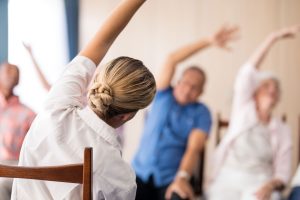
Hip Osteoarthritis
Hip osteoarthritis manifests as pain in the groin, thigh, or buttocks, often worsening with activity and improving with rest. Over time, the pain may become more constant and severe, interfering with daily activities such as walking, climbing stairs, or even sitting for extended periods. Limited range of motion and a noticeable limp are common signs of hip OA.
Knee Osteoarthritis
Knee osteoarthritis typically presents as pain and stiffness around the knee joint, often accompanied by swelling and a feeling of warmth. This pain is usually worse after physical activity and can make it challenging to perform routine tasks like walking, bending, or kneeling. The knee may also become unstable, leading to a sensation of it giving way.
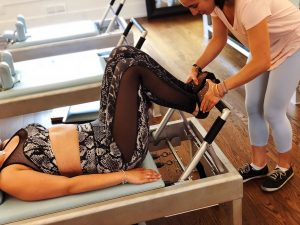
Management and Treatment
Managing hip and knee osteoarthritis involves a combination of lifestyle modifications, physical therapy, and sometimes medication or surgery. The Physiotherapy Association of Canada emphasizes the importance of physical activity and exercise in managing OA. Here are three key facts from the association:
1. Exercise is Essential: Regular physical activity helps reduce pain and improve joint function. Strengthening the muscles around the affected joints can alleviate some of the stress on the joints themselves, enhancing mobility and reducing symptoms.
2. Weight Management Matters: Maintaining a healthy weight is crucial in managing osteoarthritis. Excess weight puts additional strain on the hip and knee joints, exacerbating pain and speeding up cartilage breakdown. Losing weight can significantly alleviate symptoms and improve joint function. This should be discussed with your doctor.
3. Physiotherapy is Beneficial: Tailored physiotherapy programs designed by a professional can provide targeted exercises to strengthen the muscles around the joints, improve flexibility, and reduce pain. Physiotherapists can also educate patients on proper body mechanics to prevent further joint damage.
Conclusion
Hip and knee osteoarthritis can significantly impact one’s quality of life, but with proper management and intervention, symptoms can be effectively controlled. Incorporating regular exercise, maintaining a healthy weight, and seeking physiotherapy are essential steps in managing OA. By understanding the nature of osteoarthritis and utilizing available resources, individuals can lead active, fulfilling lives despite their diagnosis.
Meet our clinic owner and physiotherapist Kerry (see video below).
She will be hosting a free lecture in the clinic June 26th, 2024.
Location: Burrard Physiotherapy #702, 1190 Hornby Street, Vancouver, BC
Topic: Knee and Hip OA
For more information or to sign up for our lecture contact us a call: 1-604-684-1640

